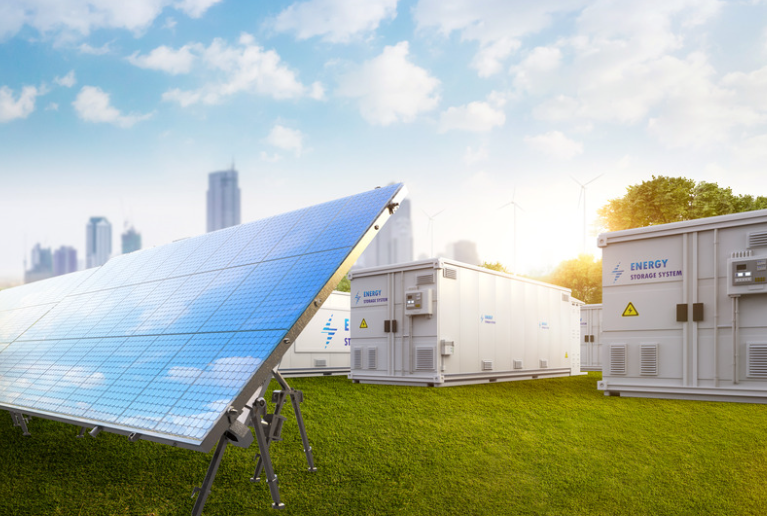According to the International Energy Agency, approximately two-thirds of energy input in industrial processes dissipates as waste heat.
This staggering figure underscores the potential benefits of more effective heat recovery systems, which, when integrated into systems like concentrating solar power (CSP), could revolutionize efficiency and output.
Advances in CSP design reveal a growing trend toward incorporating waste heat recovery systems (WHRS) to harness these losses. Market data indicates that the integration of WHRS could improve CSP efficiency by as much as 20%—a notable figure in an industry striving for leaner energy production.
The new CSP design outlined by researchers Boukelia, Bessaïh, and Laouafi exemplifies this approach. By combining a topping solar block (TSB) with a bottoming organic Rankine cycle (ORC) and vapor compression cycle (VCC), alongside an electrolyzer unit, the design maximizes the utility of recovered heat. Under nominal conditions, the plant reports a global efficiency of 20.86%, yielding 3.62 MW of electricity, 2.35 MW of cooling, and 0.0072 kg/s of hydrogen. This multifaceted energy output highlights a synthesis of CSP and WHRS capabilities, moving beyond traditional power generation to include cooling and hydrogen production.
Market trends suggest that direct normal irradiance (DNI) significantly influences CSP plant output. As DNI levels increase from 500 W/m^2 to 1400 W/m^2, the plant’s power generation scales from 2 MW to an impressive 5.7 MW. Concurrently, hydrogen production sees a similar boost—from 2 × 10⁻³ kg/s to 6 × 10⁻³ kg/s—demonstrating the scalable nature of CSP systems enhanced by WHRS under optimal solar conditions.
However, challenges remain, particularly regarding system efficiency under varying operational pressures. As TSB’s condensing pressure rises, its power output diminishes markedly from 4.6 MW at 0.05 bar to less than 1.83 MW at 5 bar. Conversely, the ORC and VCC components of the WHRS show increased cooling and hydrogen production under these conditions, suggesting a trade-off between overall efficiency and individual system outputs.
Supply Fraction and System Performance
The plant’s supply fraction, or the allocation of generated energy to different subsystems, notably impacts WHRS performance outcomes. For instance, when all available power is redirected to the electrolyzer, hydrogen production peaks at over 6 × 10⁻² kg/s. Similarly, dedicating all power to the compressor maximizes cooling output, reaching up to 38.7 MW. These figures indicate substantial flexibility and potential for targeted energy distribution within CSP systems, allowing operators to optimize output according to demand profiles.
While CSP technologies promise a cleaner energy future, they are contingent on continued innovation in waste heat management. Recent infrastructural upgrades and strategic partnerships have fostered deeper integration of WHRS, posing significant implications for the economics and environmental impact of energy production. Industry metrics suggest that by 2030, further reductions in operational costs alongside gains in system efficiency could broadly incentivize CSP adoption, particularly in regions with high solar irradiance levels.
Stay updated on the latest in energy! Follow us on LinkedIn, Facebook, and X for real-time news and insights. Don’t miss out on exclusive interviews and webinars—subscribe to our YouTube channel today! Join our community and be part of the conversation shaping the future of energy.
